Land Chapters
INTRODUCTION
LAND CHAPTERS was an exhibition of land-based installations in Richard, Vermont, an artist book of photographs, essays, and scores, and a tape of environmental field recordings and compositions.
Land Chapters was curated by Estefania Puerta and Abbey Meaker and brought together 16 artists and writers to respond to natural environments through land-based installation, text, photography, and sound. The show was presented June, 2021 in three chapters: installations scattered on a 40 acre property in Richmond, Vermont, an artist book featuring essays, scores, photographs, and installation documentation, as well as a tape of field recordings and compositions made in response to the artists’ surroundings.
Participating artists: Sonia Louise Davis, Ivan Forde, Chief Shirly Hook, Alan Huck, Wren Kitz, Wes Larios, Travis Klunick, Angus McCullough and Ashlin Dolan, Ruben Ulises Rodriguez Montoya, Brian Raymond, Jordan Rosenow, Rachel Vera Steinberg, Lily Consuelo Saporta Tagiuri, Devin Alejandro Wilder, and Stephanie Wilson
Read interview of curators on AUTRE
Land Chapters was curated by Estefania Puerta and Abbey Meaker and brought together 16 artists and writers to respond to natural environments through land-based installation, text, photography, and sound. The show was presented June, 2021 in three chapters: installations scattered on a 40 acre property in Richmond, Vermont, an artist book featuring essays, scores, photographs, and installation documentation, as well as a tape of field recordings and compositions made in response to the artists’ surroundings.
Participating artists: Sonia Louise Davis, Ivan Forde, Chief Shirly Hook, Alan Huck, Wren Kitz, Wes Larios, Travis Klunick, Angus McCullough and Ashlin Dolan, Ruben Ulises Rodriguez Montoya, Brian Raymond, Jordan Rosenow, Rachel Vera Steinberg, Lily Consuelo Saporta Tagiuri, Devin Alejandro Wilder, and Stephanie Wilson
Read interview of curators on AUTRE
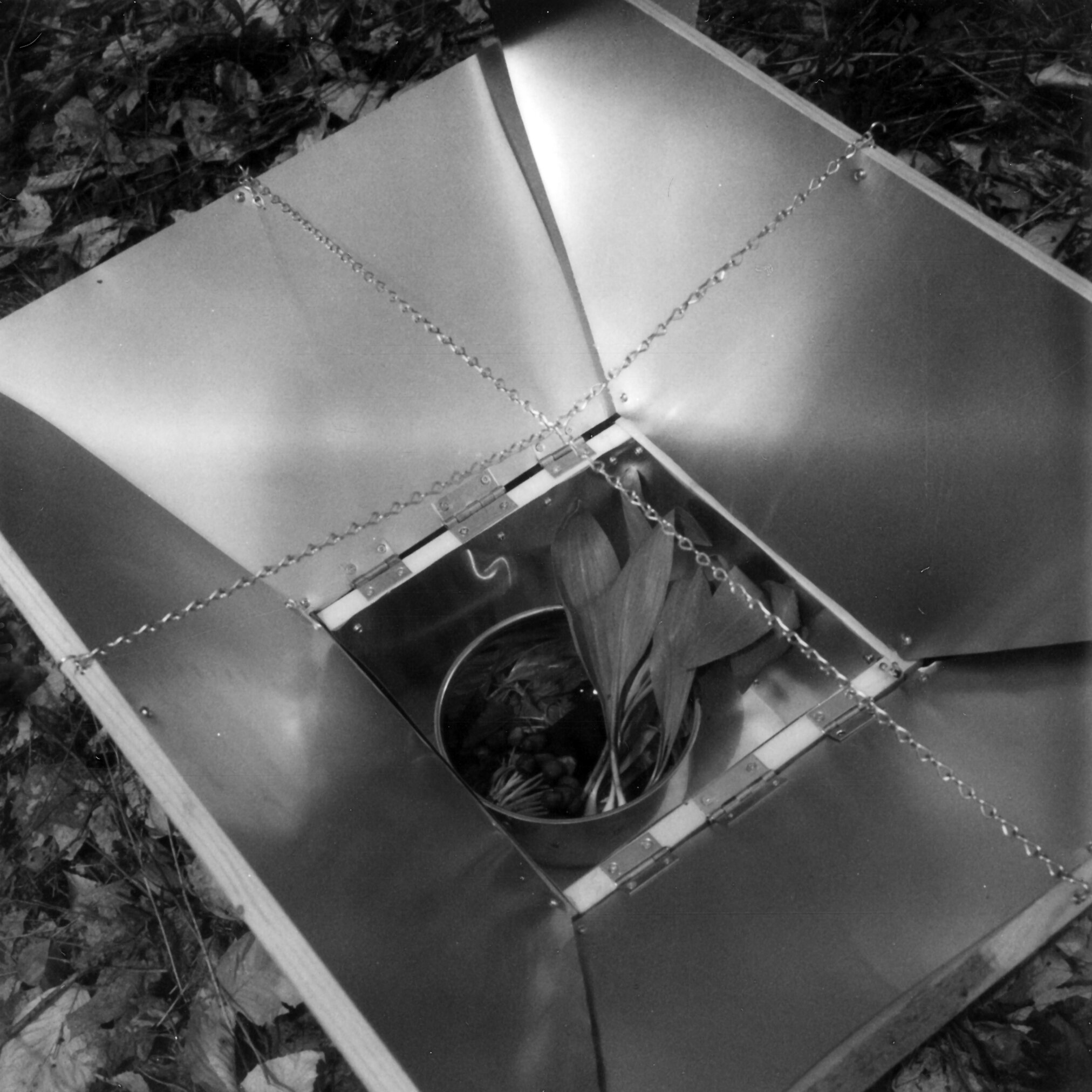
When we set out to organize Land Chapters, we knew we wanted to explicitly address the human relationship to nature. Immediately that intention unearthed a large and murky web of the ways in which we categorize human, nature, and relationship.
Instead of trying to constrict a boundary around these terms, we welcome their impossibility of being tamed into a cohesive experience. In fact, the need to categorize these terms has historically erased many peoples’ and species’ stories, experiences, and complexities of survival and continuation. It has silenced the small creek into a roaring paper mill, it has given European names to mountains that were given names by their protectors and story keepers.
Here in Vermont, one of the region’s greatest mountains known today as Camel’s Hump was given the original name of Tawapodiiwajo, Abenaki for “mountain seat,” alluding to traditional stories of the hero Glooscap using the mountain as his personal seat. Tabaldak gave Glooscap the power to create a good world. Glooscap learned that hunters who kill too much would destroy the ecosystem and the good world he had sought to create and went on to seek the advice of Grandmother Woodchuck (Agaskw) who then plucked all the hairs out of her belly (hence the lack of hair on a woodchuck's belly) and wove them into a magical bag for Glooscap to use and eventually learn the lesson that they needed to hunt to remain strong.
What other stories and histories are layered in these names, re-namings, un-namings? How do we resist adding a new boundary to the terms that have spliced our lives into multitudes of subjugation? What if locating yourself in nature is not about place at all but about memory, perception, sound, proposals, movement?
Instead of trying to constrict a boundary around these terms, we welcome their impossibility of being tamed into a cohesive experience. In fact, the need to categorize these terms has historically erased many peoples’ and species’ stories, experiences, and complexities of survival and continuation. It has silenced the small creek into a roaring paper mill, it has given European names to mountains that were given names by their protectors and story keepers.
Here in Vermont, one of the region’s greatest mountains known today as Camel’s Hump was given the original name of Tawapodiiwajo, Abenaki for “mountain seat,” alluding to traditional stories of the hero Glooscap using the mountain as his personal seat. Tabaldak gave Glooscap the power to create a good world. Glooscap learned that hunters who kill too much would destroy the ecosystem and the good world he had sought to create and went on to seek the advice of Grandmother Woodchuck (Agaskw) who then plucked all the hairs out of her belly (hence the lack of hair on a woodchuck's belly) and wove them into a magical bag for Glooscap to use and eventually learn the lesson that they needed to hunt to remain strong.
What other stories and histories are layered in these names, re-namings, un-namings? How do we resist adding a new boundary to the terms that have spliced our lives into multitudes of subjugation? What if locating yourself in nature is not about place at all but about memory, perception, sound, proposals, movement?
Echoing the first generation of land artists who used earth matter to make their work, we have invited artists to consider the ways in which we influence and are influenced by “the land.”
Rather than impose an intervention, we encouraged an anti-heroic response: an embrace, dialogue, and open exploration, not just of this particular piece of land with its own storied history, but to all natural environments that keep us in the mire of speculation when it comes to what we deem natural environments. The work included in this exhibition is on unceded land of the Abenaki Nation and also brings into focus territories across North America and abroad including the Mexican-US border, Puerto Rico, and Italy.
There is no fixed sequence to this exhibition to guide you from one point of experience to the next. Rather, each work included is to be viewed as a point on a map that unfurls itself into different responses to our curatorial prompt; a map with no one name but many names, lands without borders, experiences without dogma.
We live in a different era of earth collapse than the land artists who preceded us. Romanticizing our connection to nature can feel patronizing to a dying earth and species. In place of romance as an answer, we believe this work offers nature as a question. We believe this work pushes against the instinct to other and fetishize nature, that it instead engenders curiosity, posing a question rather than an answer.
We hope this project finds its way into your own relationship with the world(s) around and within you.
Estefania Puerta and Abbey Meaker, 2021
Rather than impose an intervention, we encouraged an anti-heroic response: an embrace, dialogue, and open exploration, not just of this particular piece of land with its own storied history, but to all natural environments that keep us in the mire of speculation when it comes to what we deem natural environments. The work included in this exhibition is on unceded land of the Abenaki Nation and also brings into focus territories across North America and abroad including the Mexican-US border, Puerto Rico, and Italy.
There is no fixed sequence to this exhibition to guide you from one point of experience to the next. Rather, each work included is to be viewed as a point on a map that unfurls itself into different responses to our curatorial prompt; a map with no one name but many names, lands without borders, experiences without dogma.
We live in a different era of earth collapse than the land artists who preceded us. Romanticizing our connection to nature can feel patronizing to a dying earth and species. In place of romance as an answer, we believe this work offers nature as a question. We believe this work pushes against the instinct to other and fetishize nature, that it instead engenders curiosity, posing a question rather than an answer.
We hope this project finds its way into your own relationship with the world(s) around and within you.
Estefania Puerta and Abbey Meaker, 2021
LAND INSTALLATIONS
Land installations were on view June 3rd - 5th, 2021 on Beaver Pond Hill Rd. Richmond, Vermont.
Artists from across the U.S. installed pieces that were a direct response to the land they inhabit onto the 40 acres of land in Richmond, VT, where the exhibition took place. The land itself is a dense forested area that has been logged and is wet so ferns, brambles, young trees, fungi, porcupine, deer, coyotes, salamanders, and many species of birds have all found a home here.
Ranging from interactive experiences (Contact Kit) to proposals for collaboration with our natural resources (Sun Belly), the work in this exhibition opens up different possibilities for how we encounter our natural surroundings and a built environment (Four by Eight, Old Bones That Turn to Ziploc Bags and Sewage Tubing). While some of these works briefly inhabited the Beaver Pond Hill property during the duration of the exhibition, other works have truly become a part of the environment and beckon us to question the long term effects of moving earth matter, beings, and histories into new lands (Transplante, Cascara de Cascabel).
Devin Alejandro-Wilder
T R A N S P L A N T
Nopales / Opuntia engelmannii var. lindheimeri, soils (native and mixed), pea gravel, rocks, cardboard.
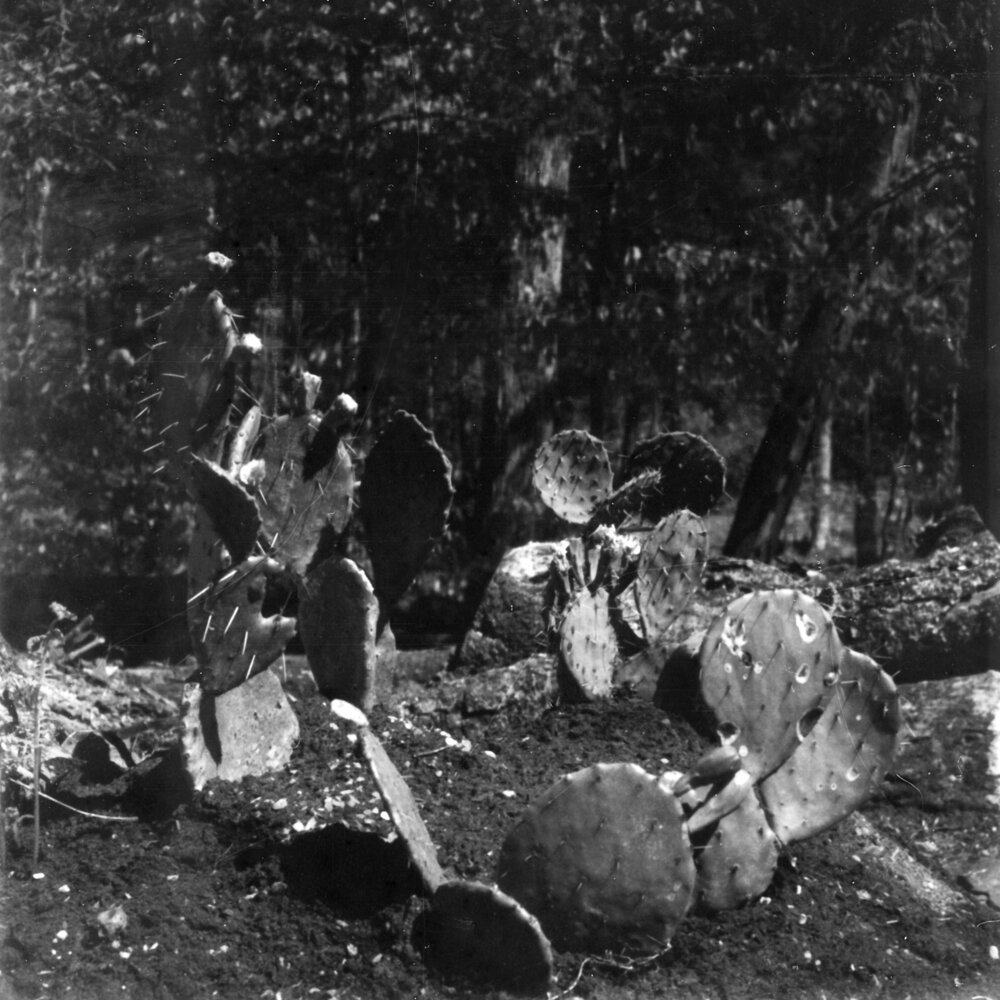
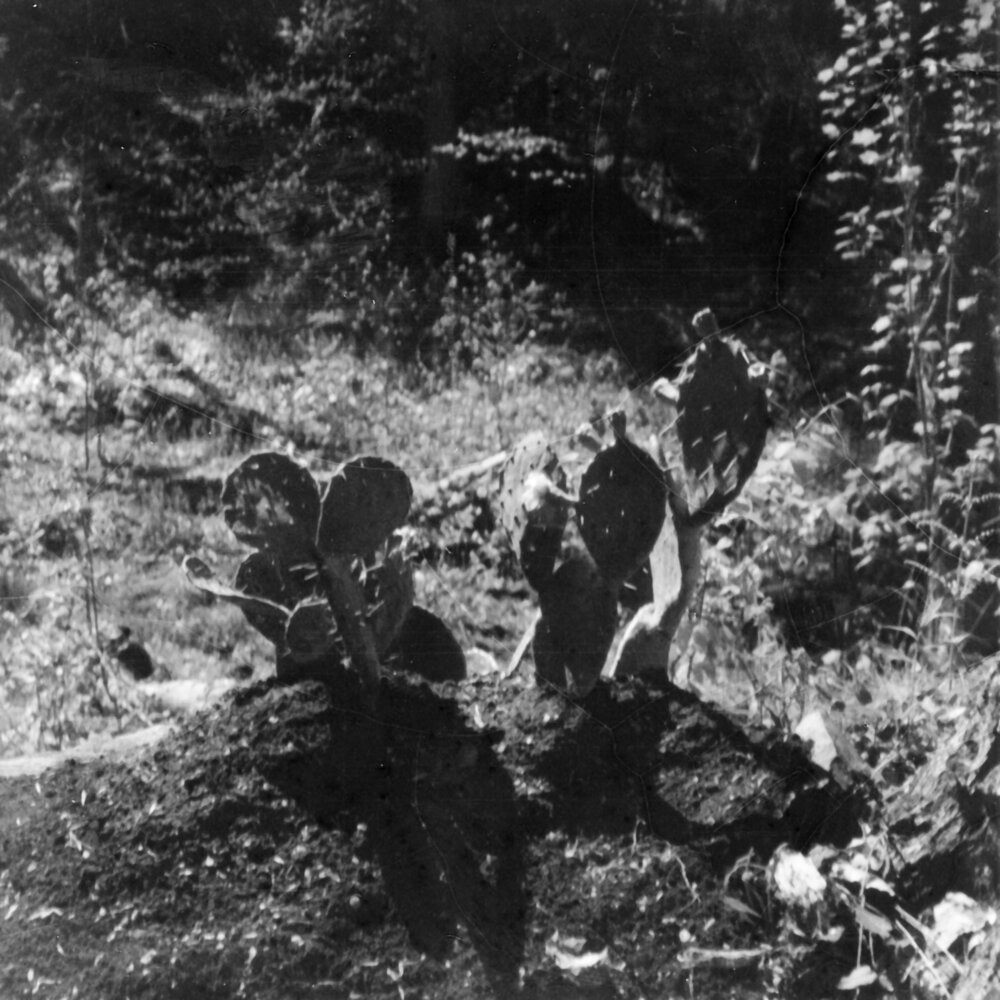



For Devin, "this process of transplanting cacti acts not only as a physical metaphor for the latinx diasporic experience, but also speaks to the literal practice of integrating non-native plants into radically non-native (even fully-opposing) environments— whether that be for presentation or preservation."
August, 2021 log from Este: The cacti are thriving on the land with new pads growing new pads. It is still contained within the stone wall boundary we made for it. It is unclear whether animals have tried nibbling at the pads, a couple of marks that resembled nibbles were on a pad or two. It seems like nothing really wants to eat it. We plan on harvesting some pads and eating them ourselves before the frost comes.
Jordan Rosenow
FOUR BY EIGHT
Galvanized corrugated steel, rebar
4 x 8 z 4 foot units

Four By Eight
Is the structure too strong? Has it dominated long enough?
Can it be undone?
Can it be replaced with trees? Fresh air?
Is there wiggle room?
Can it dance?
Can it love?
A structure can be as violent as any other thing
Race was built
Gender was built
Class was built
Endlessly built with the intent to dominate, endlessly
Is the structure too strong? Has it dominated long enough?
Can it be undone?
Can it be replaced with trees? Fresh air?
Is there wiggle room?
Can it dance?
Can it love?
A structure can be as violent as any other thing
Race was built
Gender was built
Class was built
Endlessly built with the intent to dominate, endlessly
This very land, these very trees, were once stolen and then again ravaged for lumber
This work is made with that in mind
With metal in mind
With walls and a roof in mind
With rigid structures in mind
With the hope of instability
Can it live outside of structure?
Can the material glisten?
Can it be soft?
Can it move freely?
Can it bring joy?
Can it disappear, gladly?
This work is made with that in mind
With metal in mind
With walls and a roof in mind
With rigid structures in mind
With the hope of instability
Can it live outside of structure?
Can the material glisten?
Can it be soft?
Can it move freely?
Can it bring joy?
Can it disappear, gladly?
Lily Consuelo Saporta Tagiuri
SUN BELLY: THE BIG STAR THAT FEEDS US
Mixed wood scrap, aluminum, paint, and plaster
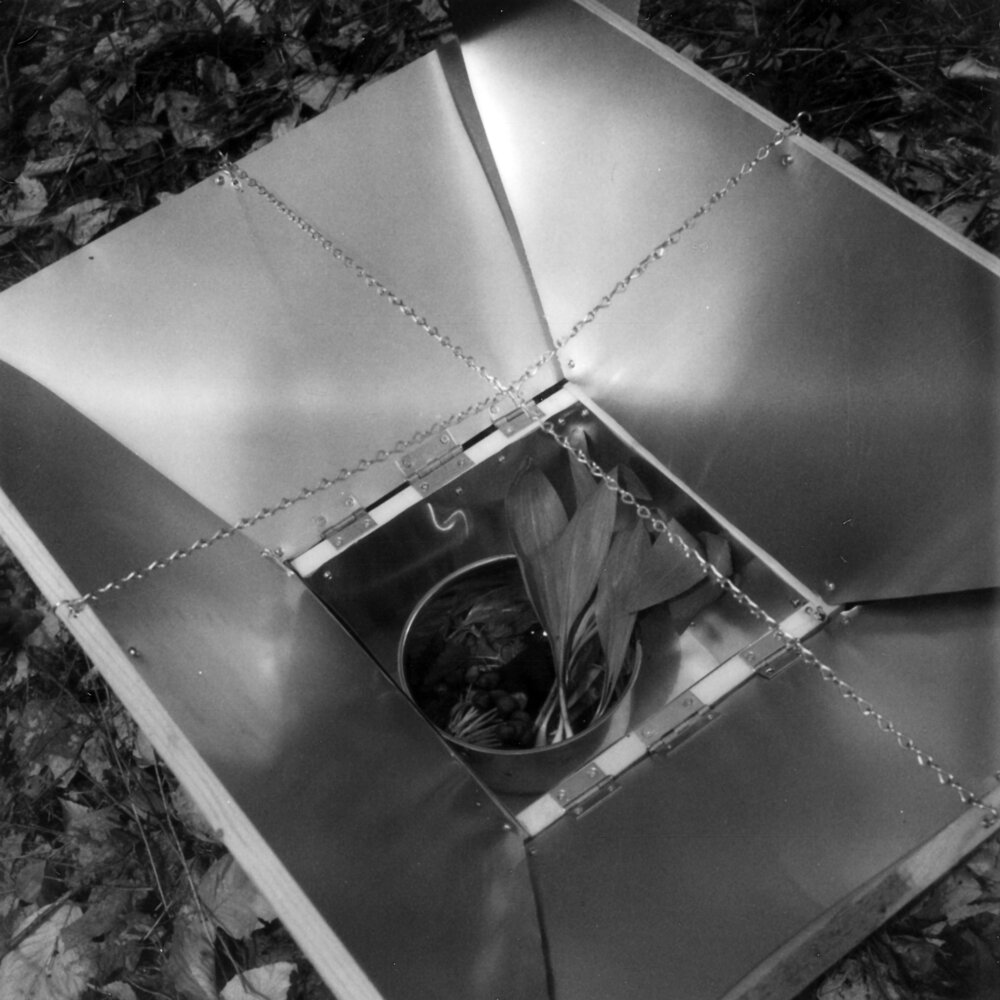



Sun stew
A recipe depending on the season and the sun is a forgiving recipe. This is not a precise recipe but one to get creative with. I recommend that you start it in the morning, a few hours before you are hungry so that you can enjoy the process.
Ingredients
- 2 Cups green lentils or white beans soaked overnight
- 3 Shallots sliced thinly in crescents
- 1 1/2 teaspoon olive oil
- 2 Carrots
- Foraged ramps or mushrooms
- Spices depend on what you find but the foraged food should be the main flavor
- Salt and hot sauce to taste
- If it isn't already placed, set up the oven and let it start to warm.
- While it is warming, take a 20-minute walk and see what is growing. If it rained recently lookout for mushrooms. If it is springtime there may be ramps! The land will determine much of your meal. Pick some plants that you know are edible and are excited to eat.
- When you return to the oven it should be warm. Add in some olive oil into the pot followed by the shallots about 2 minutes later.
- Then add in the foraged items and stir. This is where I add herbs or spices.
- Once warm and aromatic, add in the soaked lentils or beans and 5 cups of water, carrots, some salt, and let cook.
- Salt to taste and garnish with some lemon and fresh herbs if they are in season.
Sun Bread
Ingredients
- 2 1/3 cups flour
- 1 teaspoon salt
- 1 teaspoon active dry yeast
- 1 Teaspoon olive oil
- 1 cup lukewarm water
Directions
- Let the oven heat up in the sun and place the cup of water inside.
- Combine olive oil, yeast, and water and let sit for 4 minutes then mix in with the flour and salt.
- Let sit for 15 minutes and then knead. Once stretchy (3 or 4 minutes) let sit and rise for 3-4 hours.
- While you are waiting. Go for a walk and see if there is anything to forage to add to the top of your bread. Hopefully, you find some mushrooms or ramps.
- Before baking the dough, roll out with some flour and place on a baking sheet. Top with olive oil and salt (and foraged items if there are any).
- Place in the oven and bake! Timing will depend on the intensity of the sun that day so keep an eye on it.
- Enjoy fresh out of the oven with the sunlight falling on your body.
Ruben Ulises Rodriguez Montoya
1. “TRES TRISTES GALLOS PA EL CALDO DE LAS TRES DE LA TARDE”, Yucca husk.
2. “Cascara de cascabel,” yucca husk.
3. “Old bones that turn to ziploc bags and sewage tubing,” Yucca husk, cat skull found when I was depressed on my birthday, zip ties, tiger toy, bones of a dog (maybe), plumbing tube.


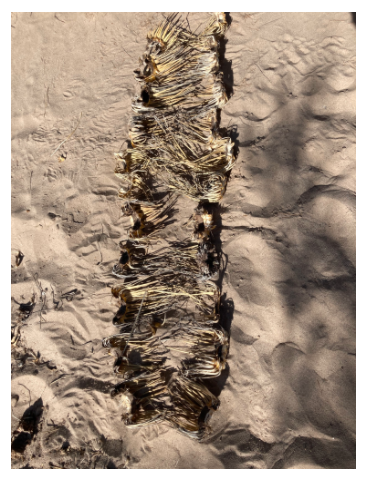
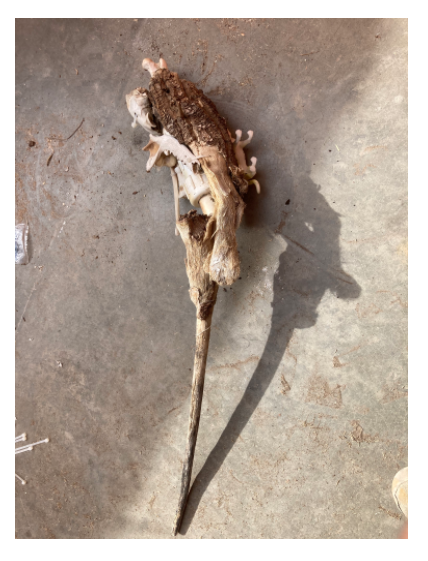


Angus McCullough and Ashlin Dolan
CONTACT KIT
Birch bark, grape vine, stone, moss, typed instructions in a plywood case


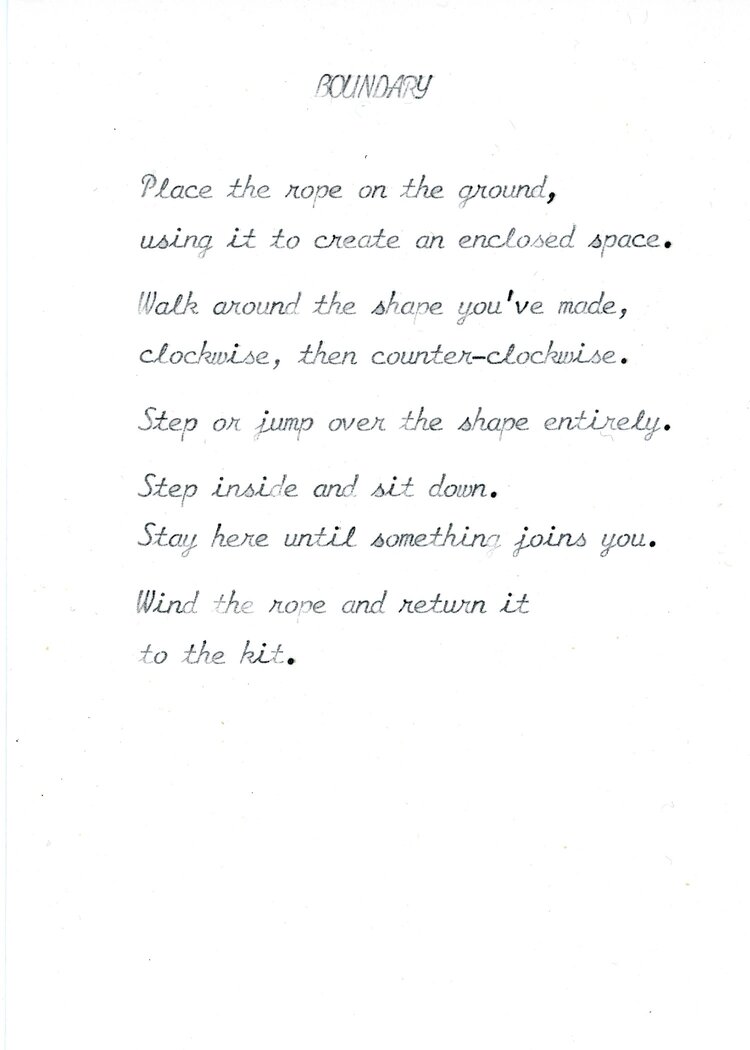

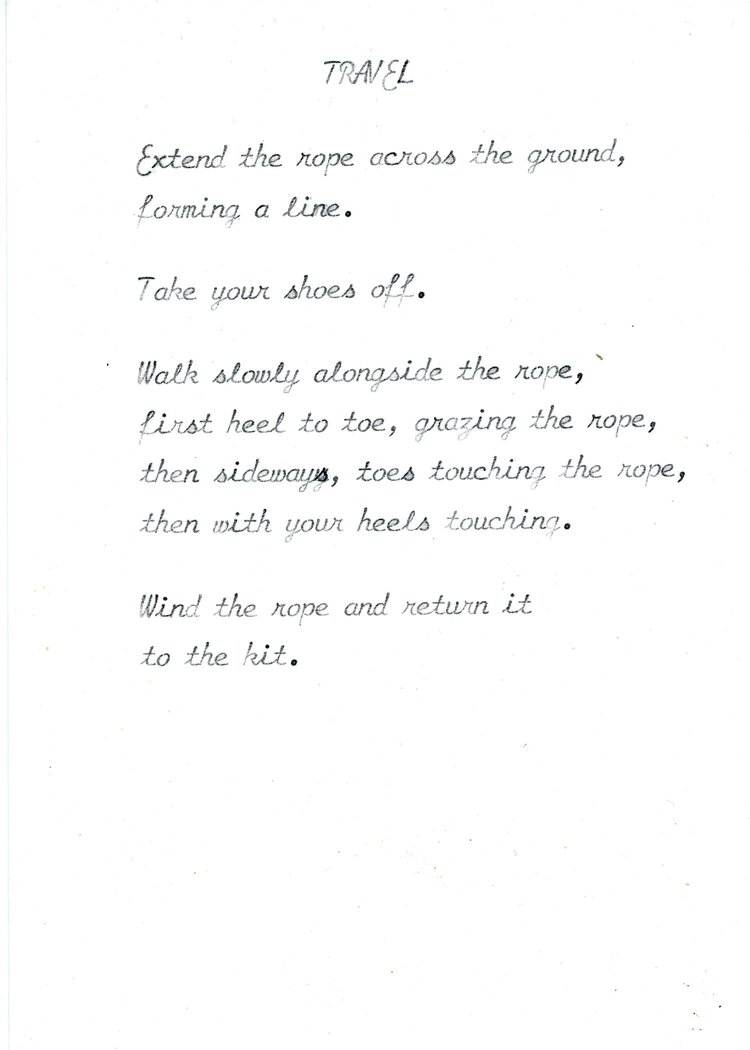
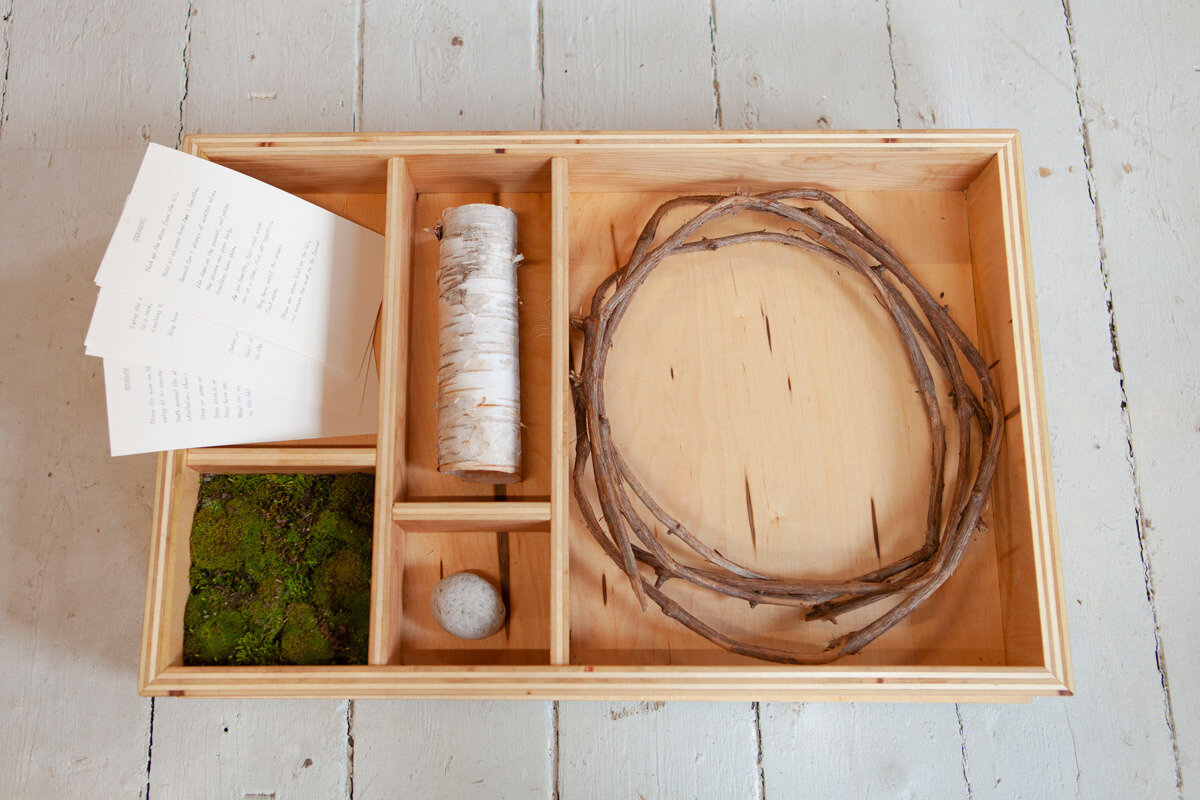
WRITING
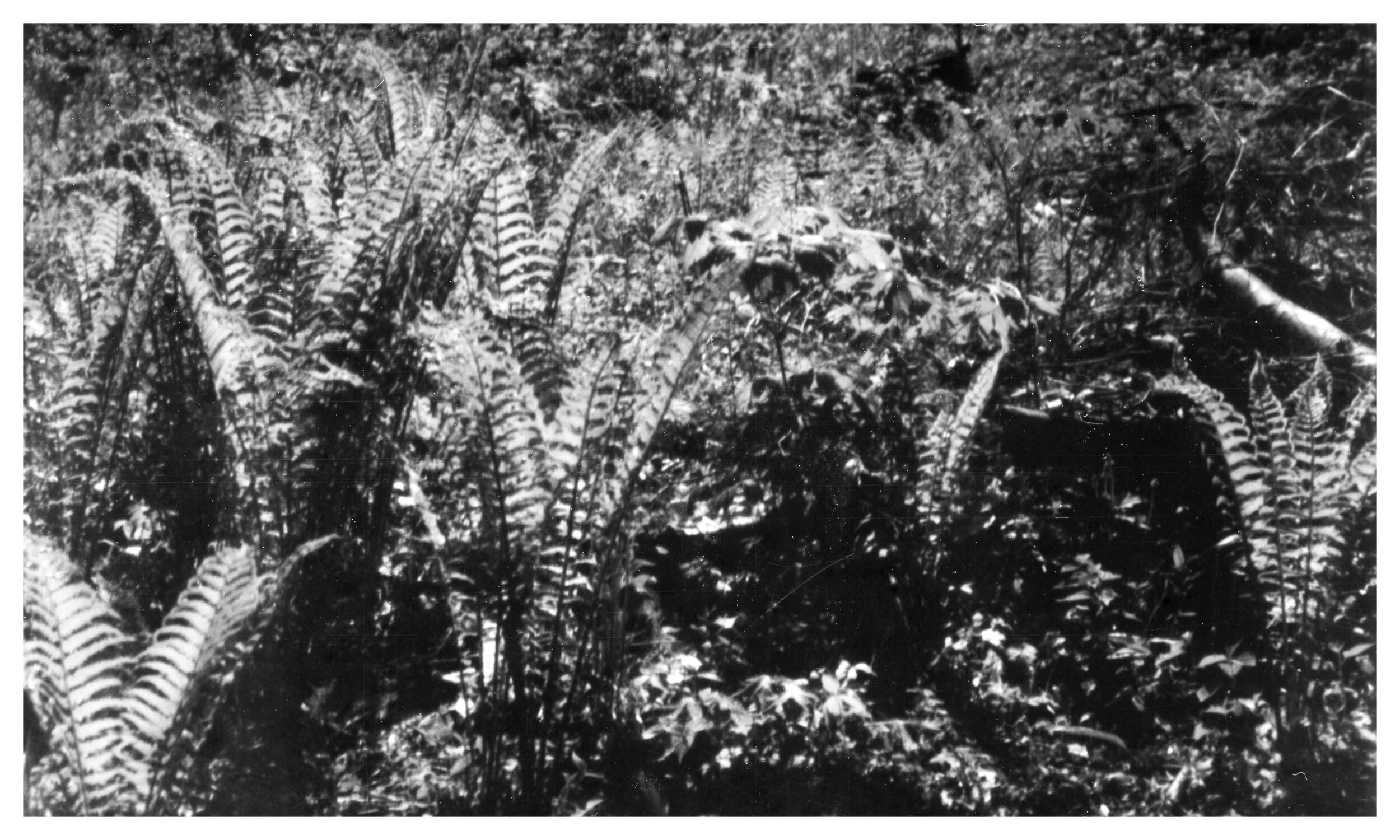
Chief Shirly Hook
TWO POEMS
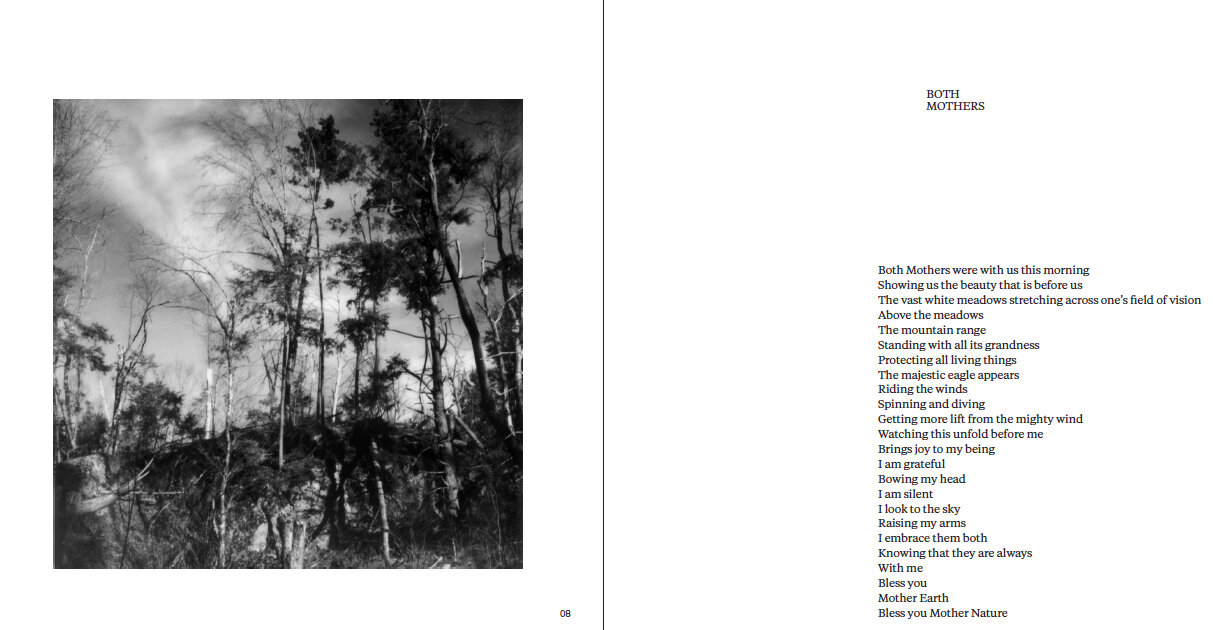
 photos by Abbey Meaker
photos by Abbey Meaker Alan Huck
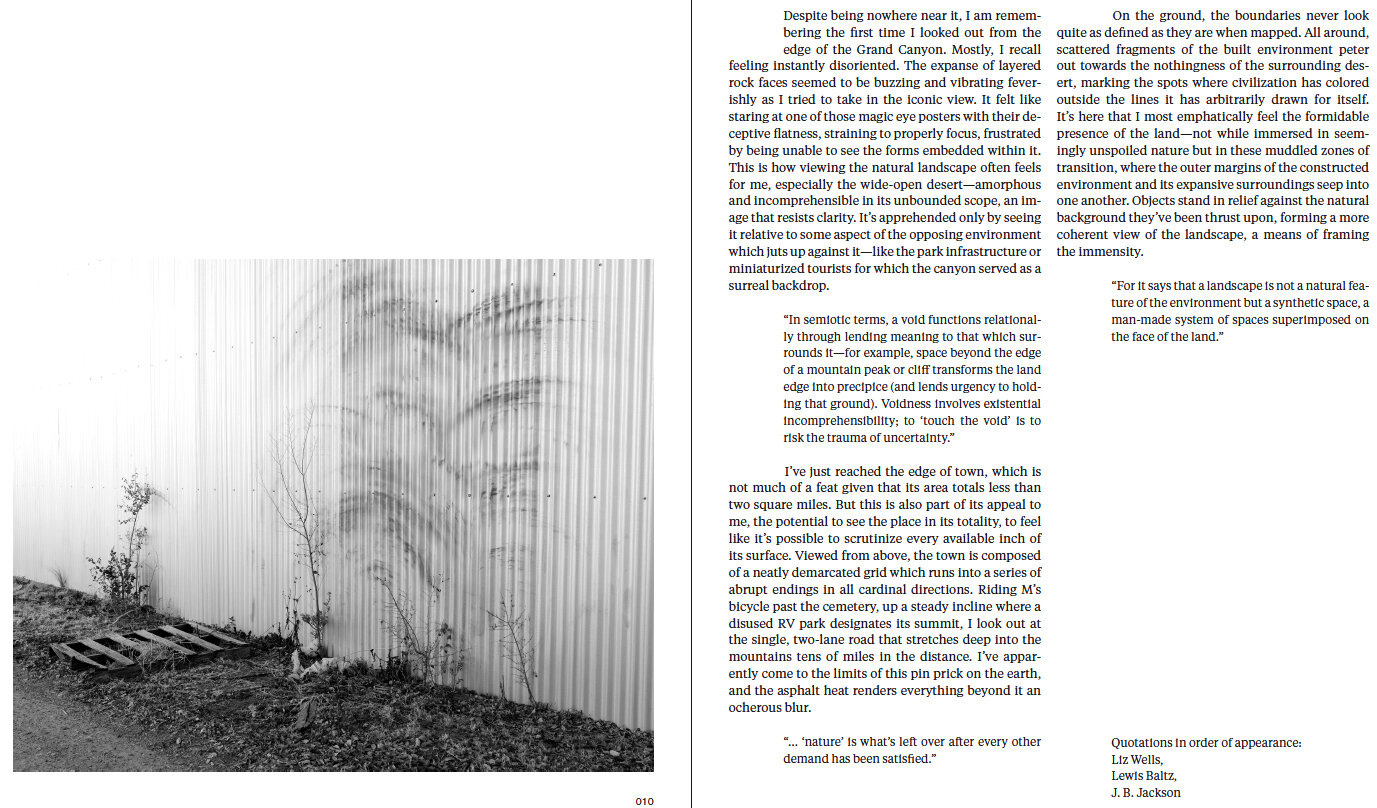


photos and text by Alan Huck
Wes Larios



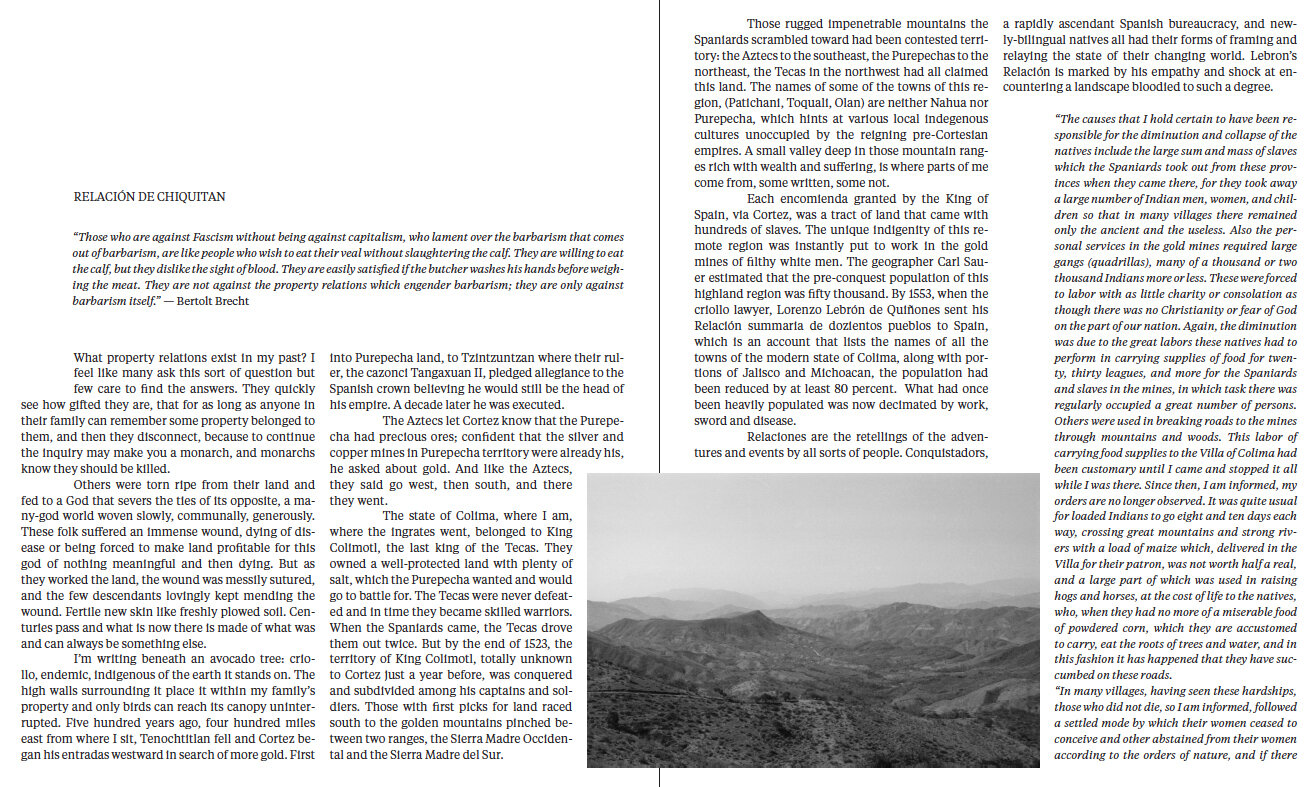
Sonia Louise Davis
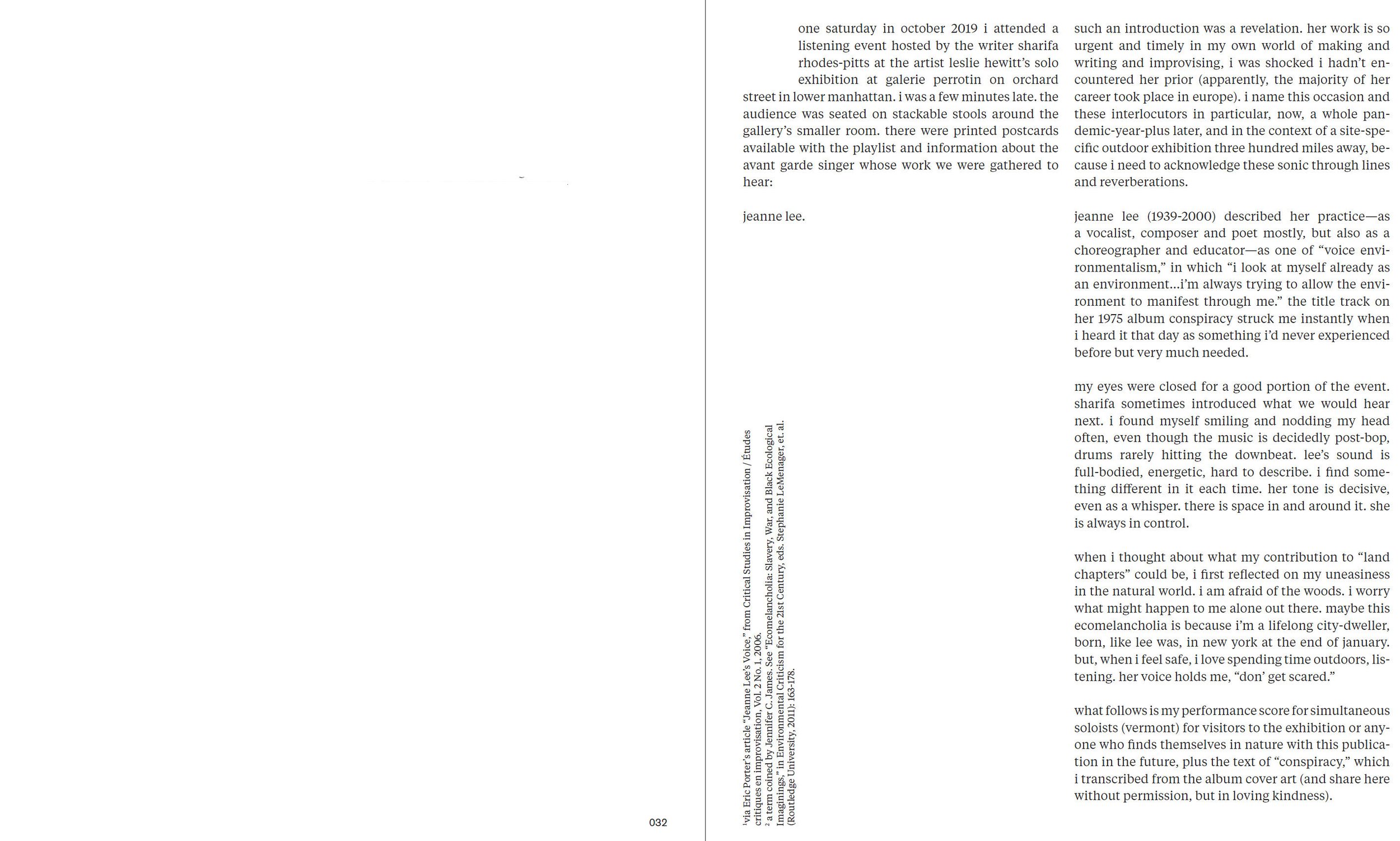
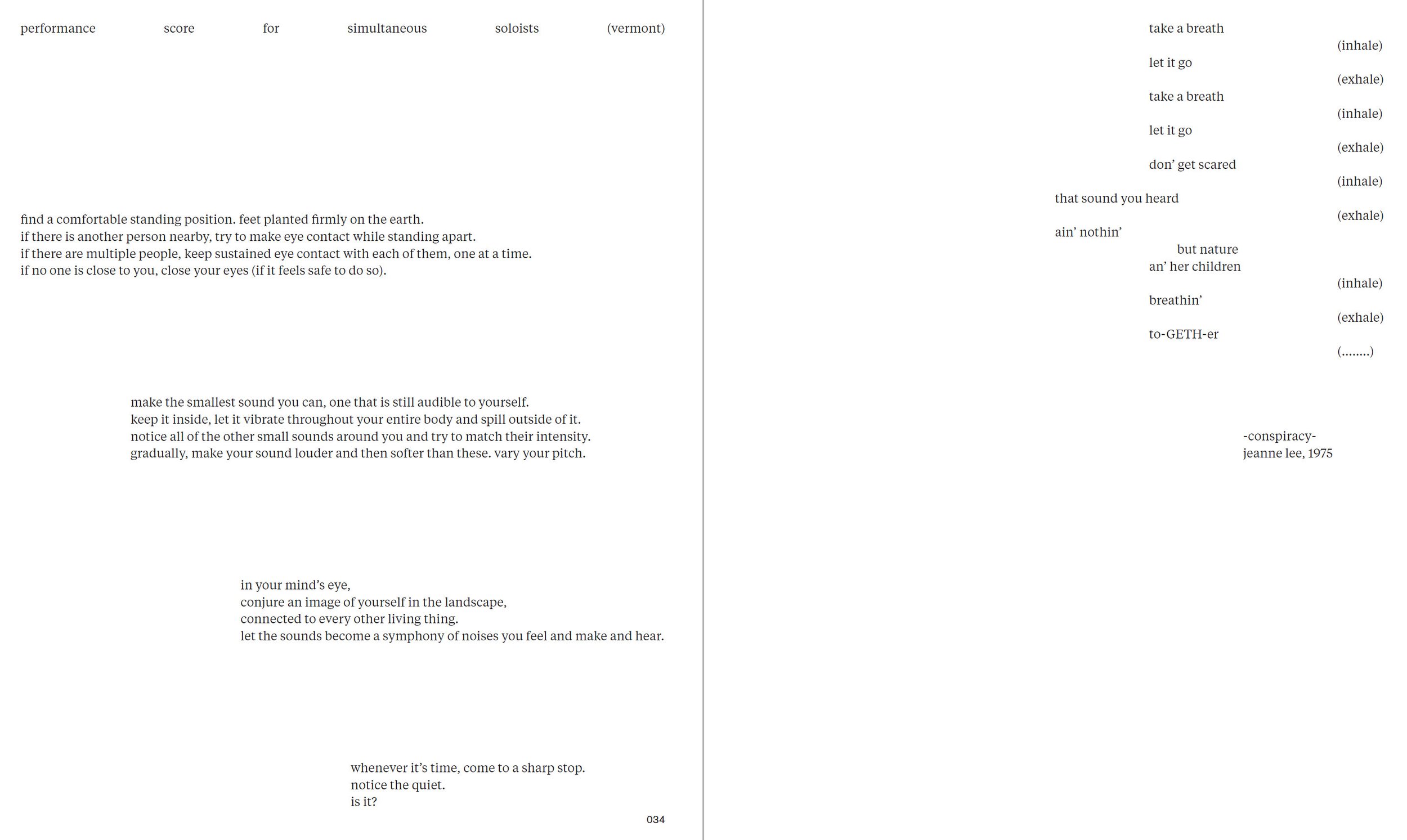
Travis Klunick



photographs and text by Travis Klunick
Rachel Vera Steinberg


SOUND
Sound works, field recordings, and compositions made in response to the artists’ surroundings were installed on the Beaver Pond Hill Property for the June 2021 exhibition. Recordings were made onto limited edition cassette.
Exhibition Poster

design by Jasmine Parsia